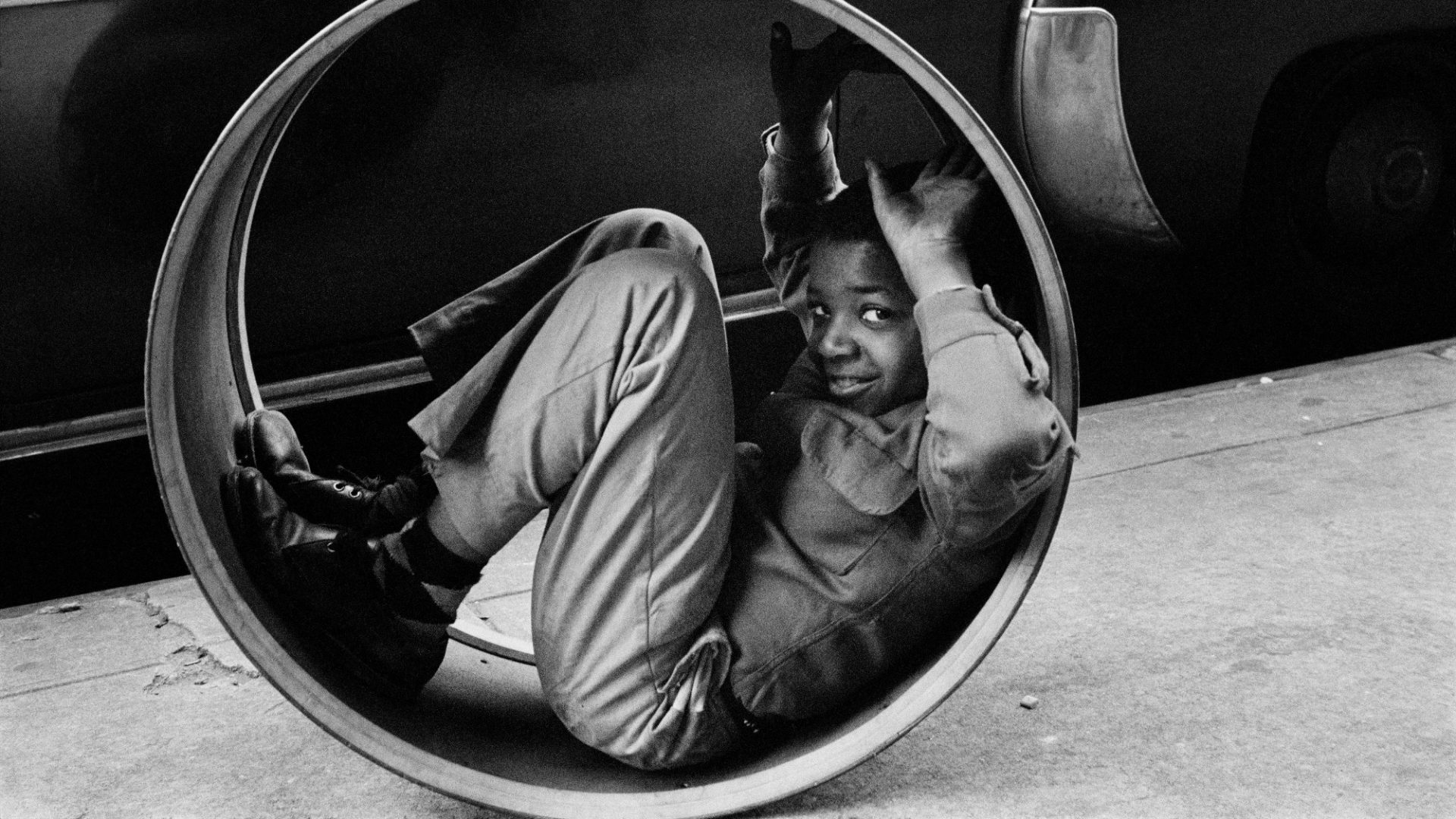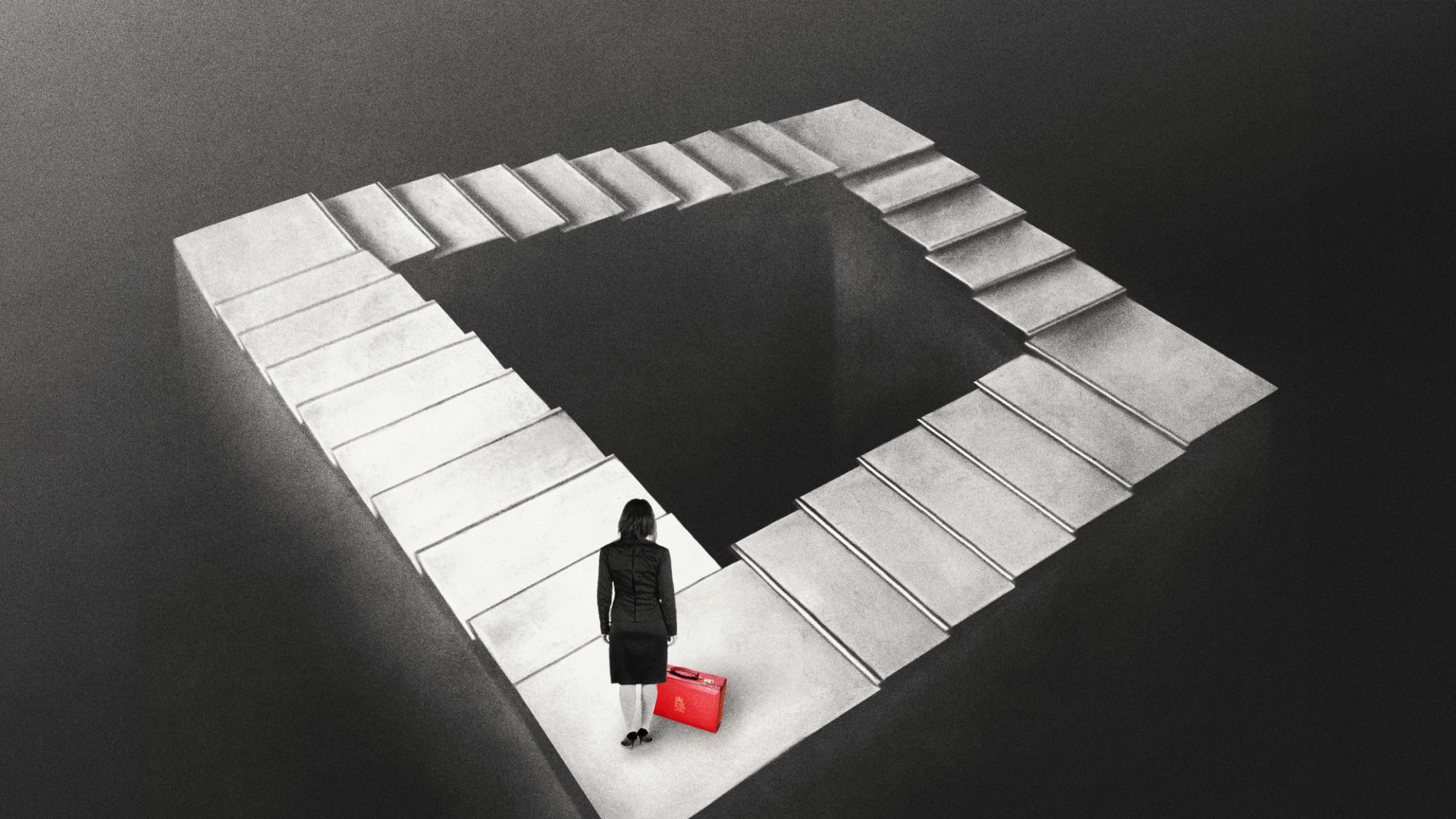Over a double-page spread in the New York Times Magazine published on May 28, 1953, a visiting French photographer offered Manhattanites a selection of her views of and on their city. Eight photos are arranged across the two pages, and each of them is wonderful. But you can get a measure of Sabine Weiss just by reading her breezy accompanying text.
She writes: “In Europe, talk about America commonly involves such adjectives as colossal, efficient, incredible, and such achievements as bridges, skyscrapers, superhighways. Yet, on my first visit to New York, I have been amazed not as much by the technological marvels as by the people. Particularly in the neighbourhoods – downtown, Ninth Avenue, Harlem or the Bronx – where New Yorkers live, rather than where they work. There I discovered the things that charmed me, that moved me to take these pictures, that brought a deeper understanding of New Yorkers and Americans everywhere.”
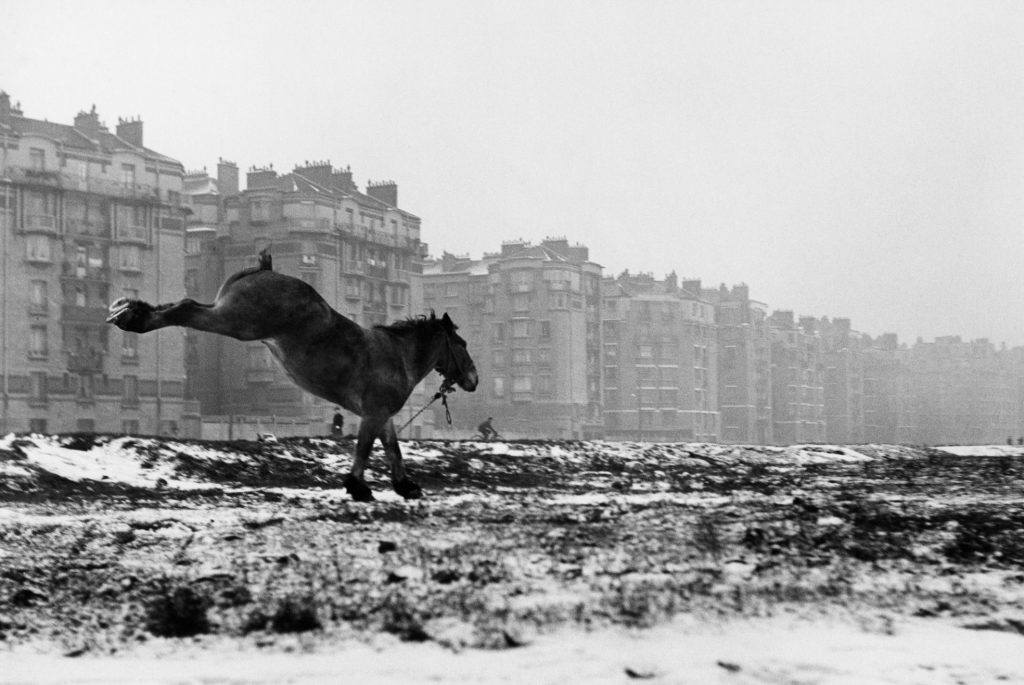
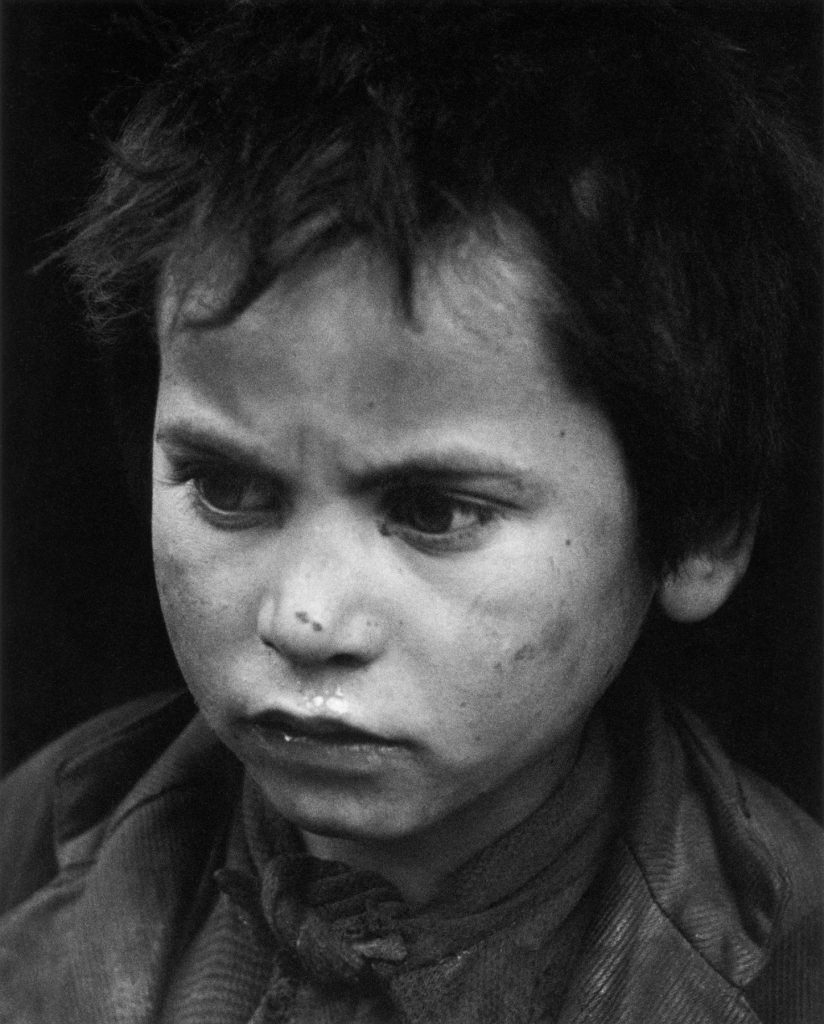
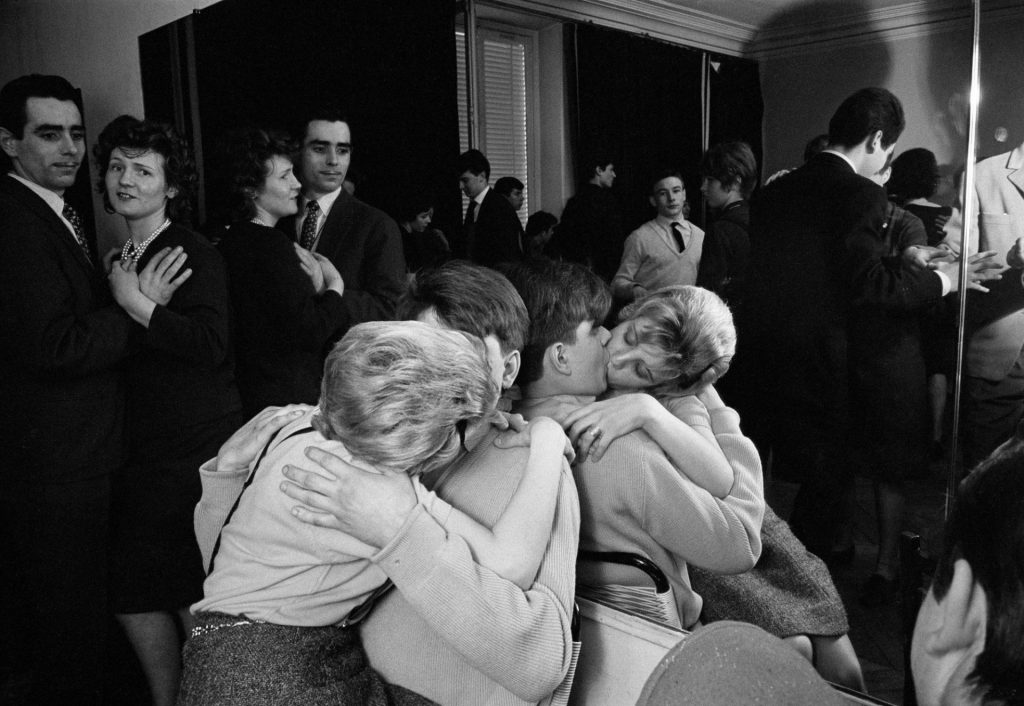
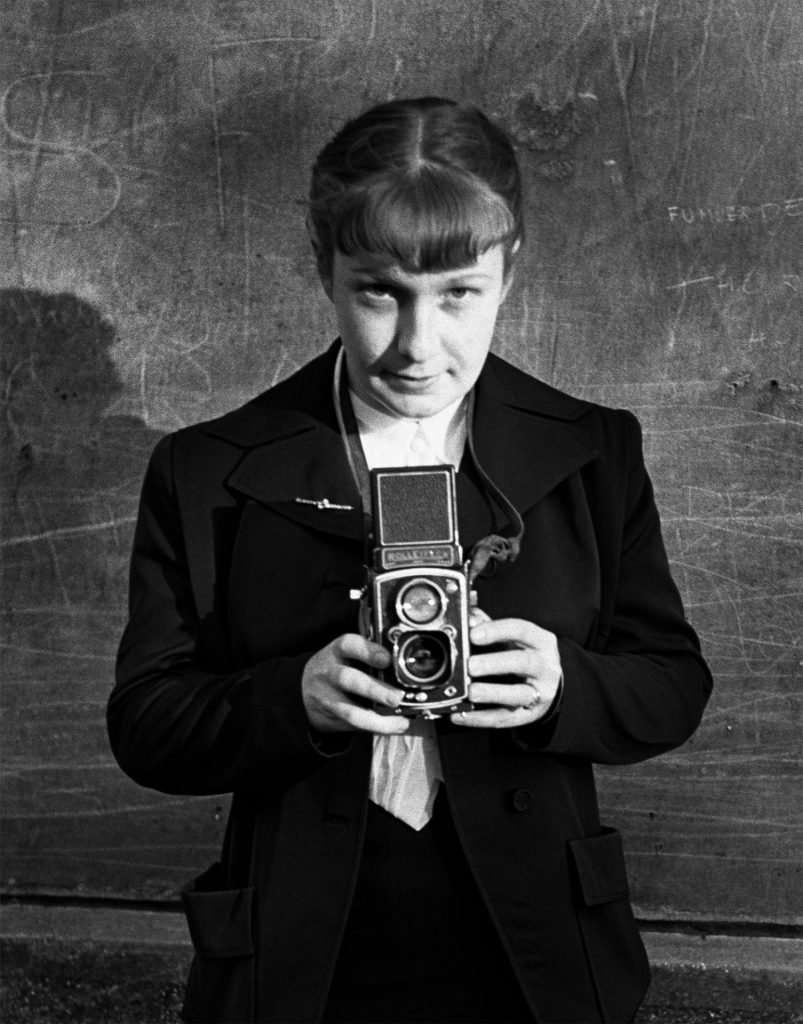
Weiss, whose centenary is being celebrated in an exhibition at Berlin’s f3 photographic gallery, took a series of marvellous photographs of celebrities, including one of Françoise Sagan at the dawn of her fame and a memorable shot of jazz legends Ella Fitzgerald and Charlie Parker together shortly before his death in 1955. An image from 1959 of Romy Schneider putting on her makeup is a perfectly composed portrait of a great actor’s composure.
Yet as her connection with the Big Apple’s regular Joes and Jills shows, Weiss was most at home with ordinary people, placing her with Cartier-Bresson, Brassaï and Doisneau and among the giants of French humanist photography. In Berlin, some of Weiss’s most familiar work is on show – a seemingly wild horse frolicking in front of imposing apartment blocks in postwar Paris, a fairground salesman in St Petersburg buried in a cloud of his own balloons. It’s the faces you keep coming back to though – the child beggar in Toledo, Spain, the pavement audience for a Roma girl’s dance in Saintes-Maries-de-la-Mer, France, and a joyful young boy Weiss spotted rolling himself down Broadway in 1955 inside a hollow old drum.
Born Sabine Weber in Saint-Gingolph, Switzerland, in 1924, Weiss had a career lasting almost 70 years. She was set on her future vocation from an early age, and her chemical engineer father helped her build her first darkroom. But, she told the Guardian in 2018, “at the time the idea of being a professional photographer was inconceivable. There were no books, no exhibitions. Maybe there were books in the States for very well-known photographers, but not in Switzerland.”
She secured a job as an apprentice in Geneva, working at the studio of the Boissonnas family, noted for images of antiquities and ancient sites. Then, like other noted photographers of her time, she served time in fashion photography, assisting the noted German Willy Maywald in his Paris studio. While in the French capital, she met and married American painter Hugh Weiss, then joined the Rapho agency in 1952 on the personal recommendation of Doisneau.
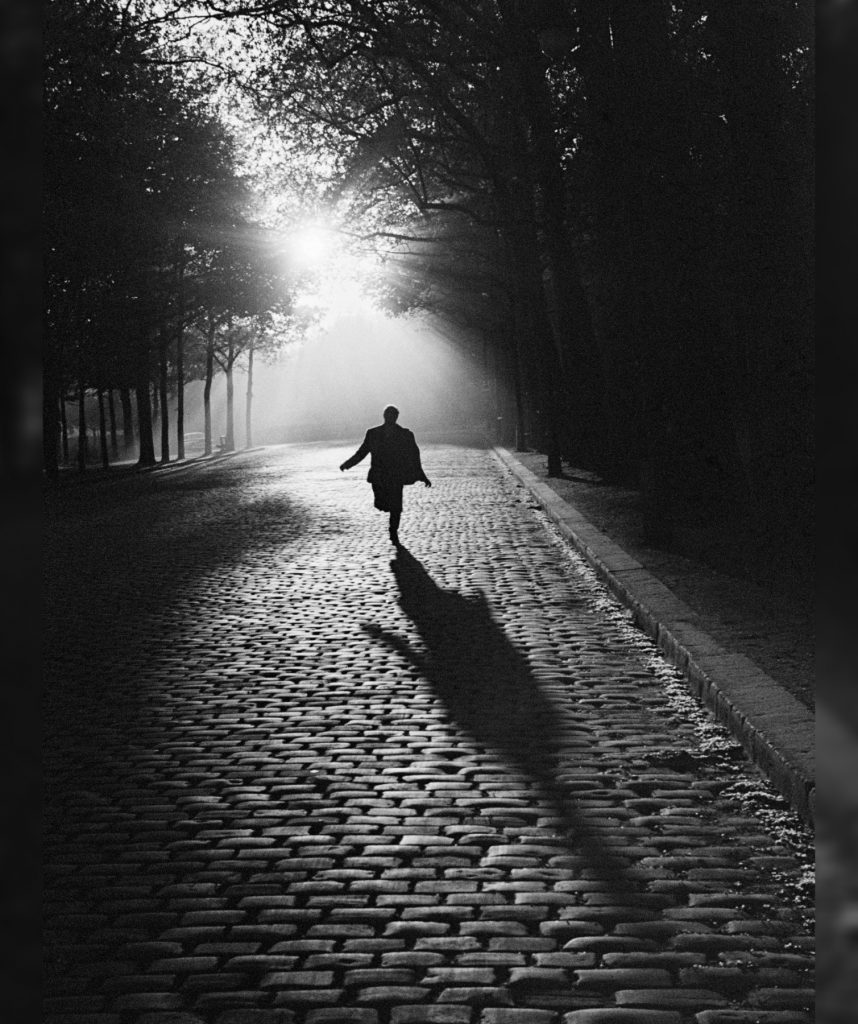
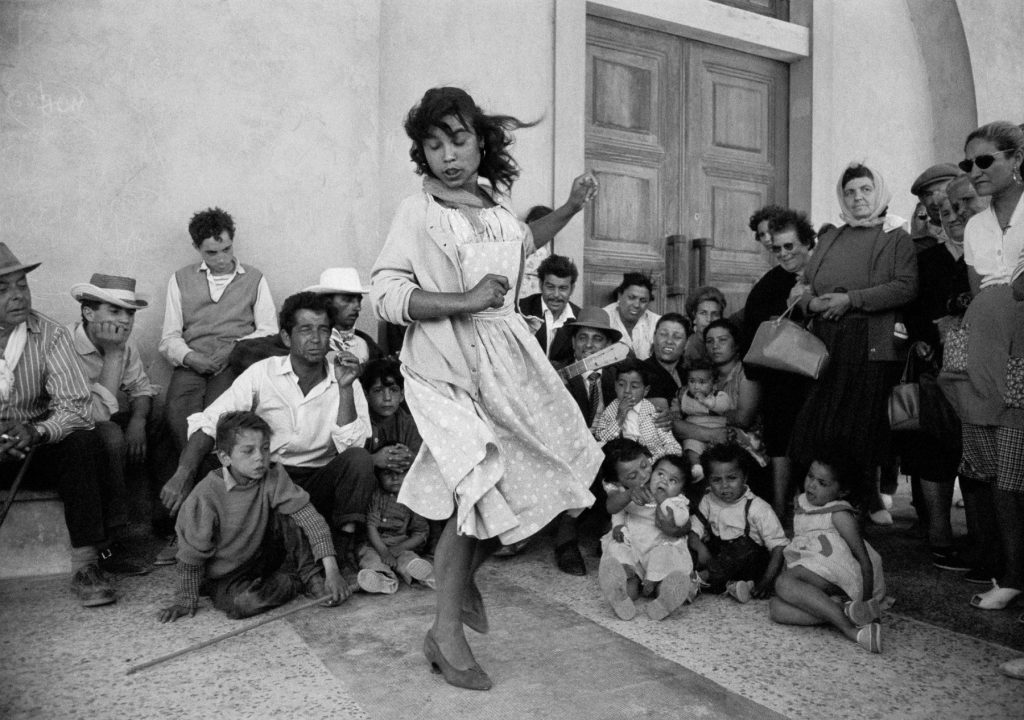
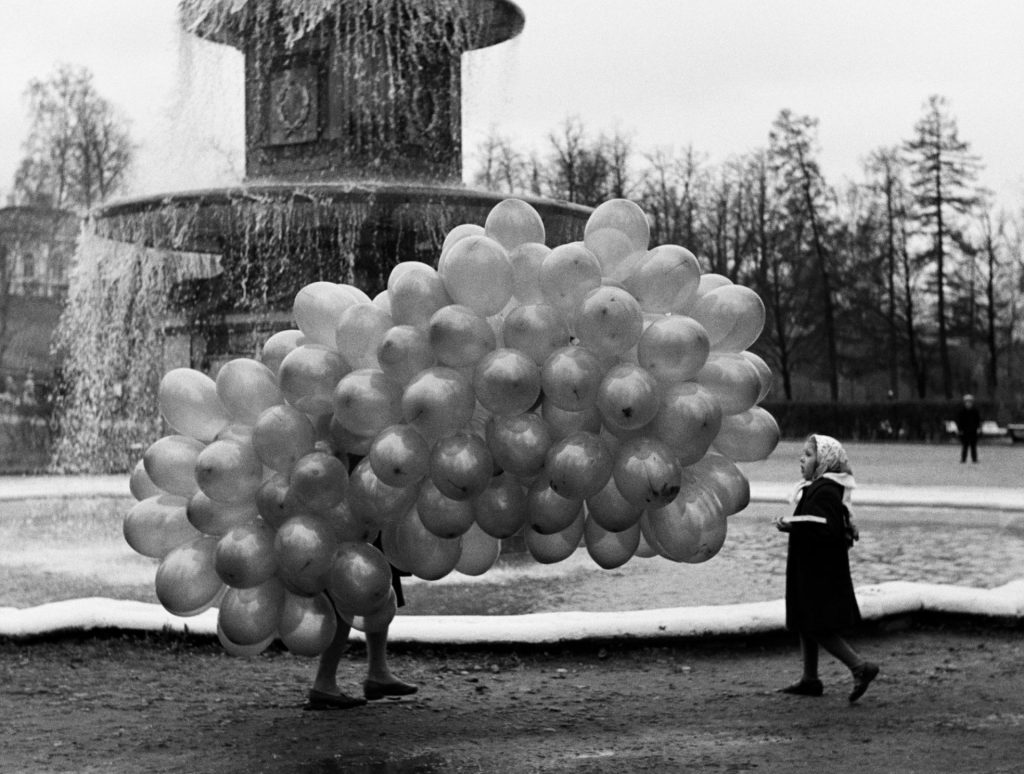
a fairground salesman in St Petersburg buried in a cloud of his own balloons
Her sophisticated yet highly intimate style led to exhibitions at New York’s Museum of Modern Art in New York and the Art Institute of Chicago, and long-term relationships with the great magazines of the day – Life, Newsweek, Vogue, Paris Match, Esquire, Holiday and Du, among others. When Weiss died in 2021 at the age of 97, her archive had swelled to around 160,000 negatives, 7,000 contact sheets, 8,000 prints and 46,000 slides.
“A photograph, in order to be powerful, must tell us something of the human condition,” Weiss once said. “It must make us feel the emotion that the photographer felt facing her subject.” Her own favourites were children and older people, because “their masks drop more easily”.
She said what inspired her was “Anything human and out of the ordinary.” Sabine Weiss’s photographs continue to show us that she was both.
Sabine Weiss, A Photographer’s Life is at f³ (freiraum für fotografie) in Berlin until November 24

